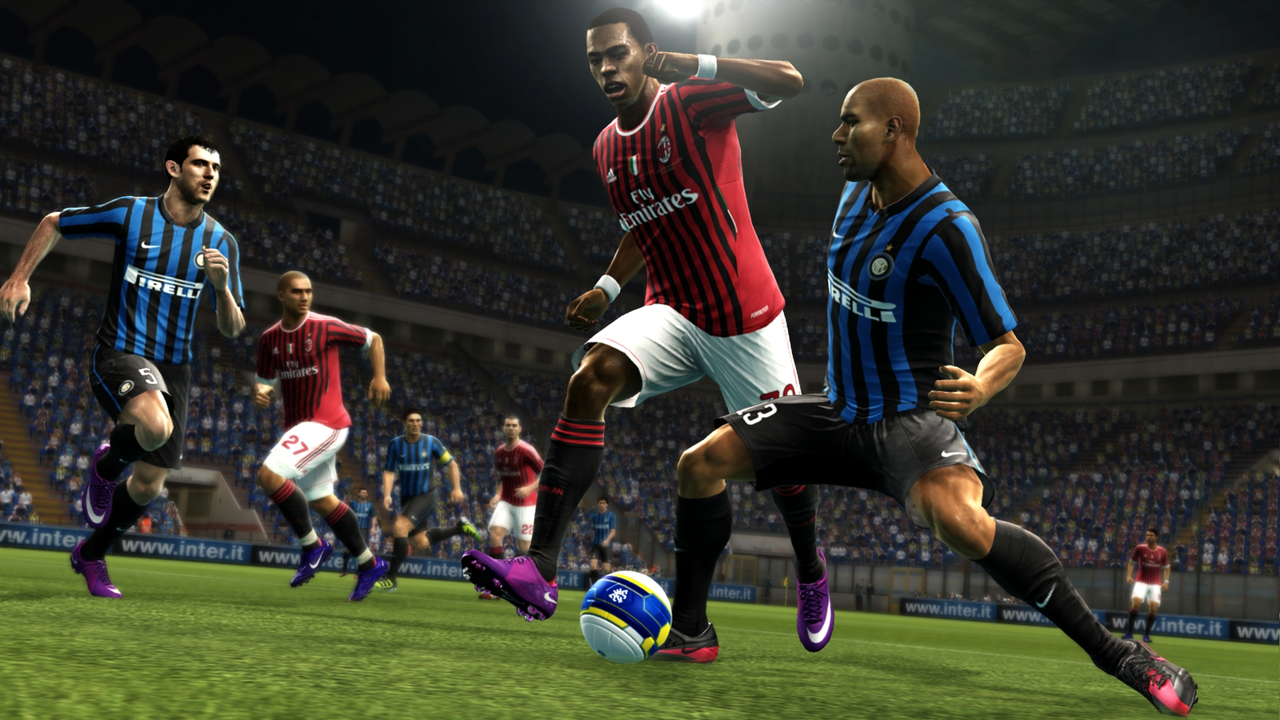Video Game Comparison: FIFA vs Other Soccer Games
Ever wonder why you pick one soccer game over another? Let’s break down the biggest differences between FIFA and its rivals. Knowing the details helps you choose the game that fits your style, whether you like fast action, realistic tactics, or deep career modes.
Gameplay and Feel
FIFA focuses on a smooth, fast‑paced experience. The ball moves quickly, and the AI tries to mimic real‑world tactics. Other titles, like PES (now eFootball), often aim for a slower, more tactical feel that rewards patient play. If you love scoring flashy goals, FIFA’s quick transitions are a draw. If you prefer building attacks step by step, a slower game may feel more rewarding.
Graphics and Presentation
FIFA’s graphics get an annual polish. Player faces look sharp, stadium lights feel real, and crowd animations add atmosphere. Competing games sometimes lag a year behind in visual updates but may invest more in realistic physics. For casual gamers, FIFA’s polished look can be the deciding factor. For hardcore fans who care about ball bounce and player weight, the physics engine matters more than the shine.
Controls are another deciding point. FIFA uses a “skill‑move” button system that lets you pull off tricks with a quick press. Some rivals simplify the control scheme, making it easier for newcomers. If you like mastering combos, FIFA’s learning curve pays off. If you want to jump in without much practice, a game with fewer button combos can be more inviting.
Career modes also differ. FIFA’s Career mode offers full club management, transfers, and scouting, but it can feel scripted after a while. Other games may give deeper player development tools, letting you shape a single athlete’s growth in detail. Think about whether you want to run an entire club or focus on one star’s journey.
Online play adds another layer. FIFA’s online seasons and Ultimate Team dominate the market, pulling in millions of players. Competing titles often have smaller online communities, which can mean fewer matches but also less pressure. If you love competitive ladders and regular updates, FIFA’s ecosystem is hard to beat. If you prefer a relaxed online vibe with fewer cheaters, a smaller community might suit you.
Development cycles affect what you get each year. FIFA releases a new version annually, packing new licenses and minor gameplay tweaks. Some rivals adopt a “live service” model, updating the game continuously without a new numbered release. This can keep the game fresh longer, but it also means you rely on ongoing support.
In the end, the best soccer video game matches your priorities. Want the flashiest graphics, quick matches, and a massive online scene? FIFA likely fits the bill. Crave deeper tactical control, realistic physics, and a slower learning curve? Look at the alternatives. Test a demo, watch a few gameplay videos, and pick the one that feels right in your hands.
Remember, no game is perfect. Each version has strengths and flaws, and the industry keeps evolving. By understanding the key differences, you’ll spend less time guessing and more time enjoying the beautiful game—on screen and on the field.
What's the best soccer video game?
In the realm of soccer video games, FIFA series from EA Sports typically takes the crown. With realistic graphics, seamless gameplay, and an extensive range of teams and players, it's a fan favorite. However, Pro Evolution Soccer (PES) by Konami also holds its ground, especially with its superior tactical gameplay. The decision between the two often comes down to personal preference. For me, the immersive experience FIFA offers with its Career and Ultimate Team modes gives it the edge.
